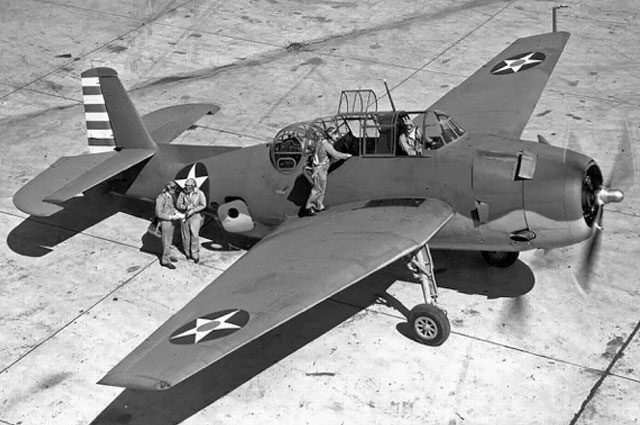Historic Happenings: Trenton Takes Flight

If you’ve ever had the chance to fly on an airplane or other aircraft, you’ve no doubt marveled at the wonder of these awesome aircrafts. From the very first models to the airplanes we see soaring the skies today, the plane has played a fundamental role in how humans travel, connect, and communicate. The plane has also played a pivotal role in the world of defense, taking our nation’s armed forces to new heights. As war efforts took to the skies in the 20th century, the production of these vessels would become an integral component in deterring enemy forces. At the height of World War II, America was in desperate need of aircrafts to sustain its troops efforts. And in true Trenton fashion, our community was able to step up to the plate where it mattered most.
The Inland Fisher Guide Plant, located in the West Trenton neighborhood, was a General Motors facility responsible for the production of a number of products over its decades-long history. The plant, which cost $2 million to create, originally opened its doors in August 1937. At the grand opening, the governor of New Jersey at the time, Harold G. Hoffman, was on the scene to celebrate the occasion. At the times of its opening, the plant hired over 1,500 workers, making the plant a major source of industry in the Capital City region and beyond. When the plant first opened its doors, it mainly functioned for the production of car parts such as door handles, body molds for vehicles, and a number of other components. However, as World War II gripped the world, the factory’s operations were quickly uprooted and shifted its gears to help with war efforts.
On December 12, 1941, production of vehicles stopped at the Inland Fisher Guide Plant, shiftings its focus and aligning with Eastern Aircraft, one of five General Motors plants in the region that were transitioned to aid with the war efforts. At these factories, the main product created was the Grumman TBM-3D Avenger bombers, which were utilized by the United States Navy throughout the duration of World War II. In total, the Trenton/Ewing facility was responsible for the production of approximately 7,800 Avengers. Including in the Avengers produced at this facility was the very plane that President George H.W. Bush was flying in 1944 when he was shot down over the Pacific Ocean by Japanese forces. Production of these aircrafts continued until 1945, when the plant was finally converted back to the production of motor vehicles. The plant would continue to produce cars until 1993, when the plant finally shut its doors.
One interesting tidbit about the plant: after the factory switched back to vehicles after manufacturing cars, the Trenton factory was the first in American to utilize a robot, replacing human jobs. At the facility, they installed the “Unimate”, a 4,000lb. hydraulic arm which transported freshly manufactured parts to cooling pools, eliminating the risk of employees handling scolding hot items. A true center of engineering achievement, this plant remained a marvel of modernity from its opening days to its very last moments.
With the “Trenton Makes, the World Takes” motto echoing through our minds, this manufacturing plant was but a piece of the mosaic of industry mastery that Trenton produced throughout the 20th century and beyond. When it comes to some of the finest engineering and invention this world has ever seen, Trenton stands tall among its very best and brightest.

The post Historic Happenings: Trenton Takes Flight first appeared on TrentonDaily.
Powered by WPeMatico
